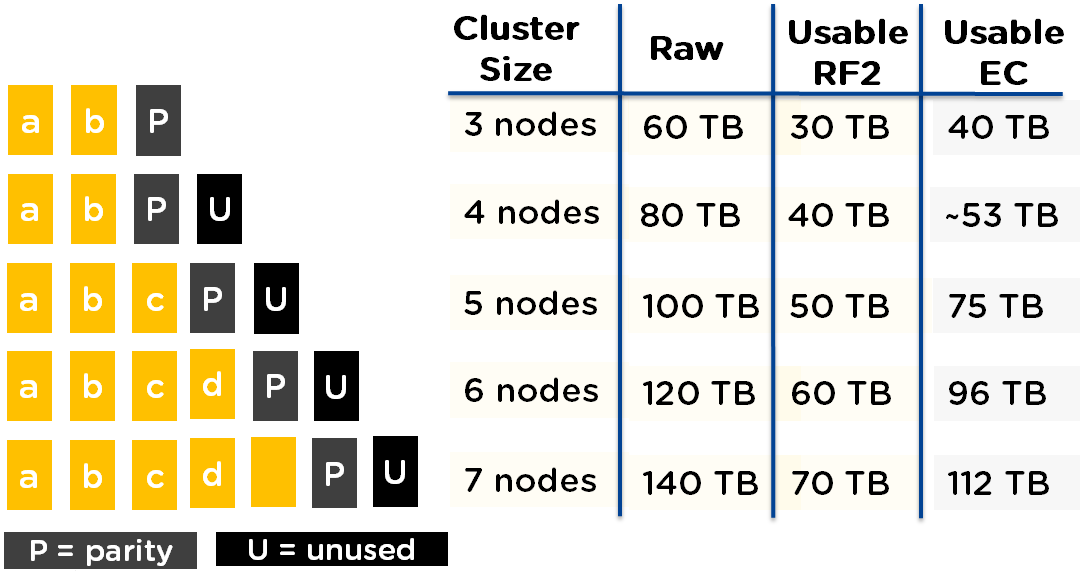One of the major focuses for Nutanix both for our Distributed Storage Fabric (part of the Nutanix Xtreme Computing Platform or XCP) has been scalability with consistent performance.
Predictable scalability is critical to any distributed platform as it predictable scalability for the management layer.
This is one of the many strengths of the Acropolis management layer.
All components which are required to Configure, Manage, Monitor, Scale and Automate are fully distributed across all nodes within the cluster.
As a result, there is no single point of failure with the Nutanix/Acropolis management layer.
Lets take a look at a typical four node cluster:
Below we see four Controller VMs (CVMs) which service one node each. In the cluster we have an Acropolis Master along with multiple Acropolis Slave instances.
In the event the Acropolis Master becomes unavailable for any reason, an election will take place and one of the Acropolis Slaves will be promoted to Master.
This can be achieved because Acropolis data is stored in a fully distributed Cassandra database which is protected by the Distributed Storage Fabric.
When an additional Nutanix node is added to the cluster, an Acropolis Slave is also added which allows the workload of managing the cluster to be distributed, therefore ensuring management never becomes a point of contention.
Things like performance monitoring, stats collection, Virtual Machine console proxy connections are just a few of the management tasks which are serviced by Master and Slave instances.
Another advantage of Acropolis is that the management layer never needs to be sized or scaled manually. There is no vApp/s , Database Server/s, Windows instances to deploy, install, configure, manage or license, therefore reducing cost and simplifying management of the environment.
Summary:
Acropolis Management is automatically scaled as nodes are added to the cluster, therefore increasing consistency , resiliency, performance and eliminating potential for architectural (sizing) errors which may impact manageability.
Note: For non-Acropolis deployments, PRISM is also scaled in the same manner as described above, however the scalability of Hypervisor management layers such as vCenter or SCVMM will need to be considered separately when not using Acropolis.



